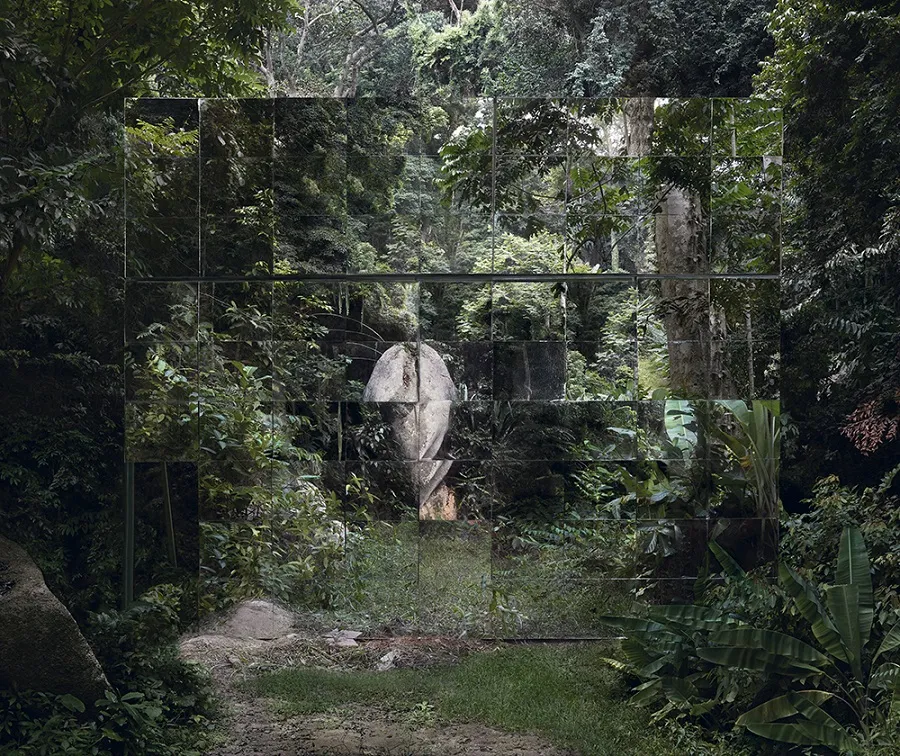.ART Digital Innovation in Art Nominee, ARTEXB: "In 50 years or even less the audience will no longer need to go to the museum in person"

Founded in 2016 in Beijing, ARTEXB is a project of contemporary art supported by the medium of 360° panoramic VR, dedicated to the content and context, documentation and online distribution of contemporary art and its exhibitions. By focusing on selected artists’ accumulated solo-exhibitions, it aims to present the track of their creation. ARTEXB is careful to not let any context slip away – the mindset of the artist, the spatial concept conceived by the curator, the unique qualities of exhibition space – all of it is carefully preserved. .ART talked to its founder, Derek Zhao.
I think that in the next 50 years the audience will no longer need to go to the museum in person. They could book a touring robot and use remote immersive glasses to watch the exhibition.
How did you get into the world of VR documentation of art exhibition?
When I first saw a 360° panoramic demo,I felt that this kind of media was naturally born for exhibitions. From my understanding,an art exhibition includes not only the display of artworks,but also “the context”,in other words “the atmosphere”,which is an important part of exhibitions in terms of creativity. Nothing captures it quite like those 360° panoramic photos.
Now this medium is being used by many museums worldwide.Exhibitions have a limited time period,and only those documented in VR can be re-viewed, re-done or retrospected in the future. Otherwise,all you can find is a few images on the Internet. As years pass, not even the creators themselves are able to remember all the details – there are always loopholes in human memory.
In February 2011I read on the news about the founding of Google Art Project. Then I translated it into Chinese and posted on my blog. That was my first time to be exposed to 360° technology. I felt art online is an amazing experience and thus it inspired me to step into this field of art and technology. The same year,I found a job at Today Art Museum in Beijing. The team used various digital technologies to present art online. After I quit I launched www.artexb.com with my current team, aiming to systematically document Chinese contemporary art exhibitions around the world.

What’s your most exciting achievement to date?
I’ll say Xu Bing. He is one of the most renowned Chinese artists in the world. We documented almost all his important museum exhibitions in VR in recent five years in Asia. And the collection also includes a Triennale art project and gallery shows.
If you could get any client, who would you want to work with and why?
If possible,I would like to work with the most established artists as well as promising young artists worldwide. The established artists will be selected by ARTEXB academic committee based on the principle of ‘historical importance’ in our age and the promising young artists will appear in our ‘discovery session’ for the future. Basically, I’d like to use current media technology to reflect current art state in our age. The Chinese contemporary art is just a start.
How to use your .ART domain name as your crypto address. Read More .ART Domain Name: Your Digital Business Card Read More How to link your .ART domain to your website Read More
What project are you focusing on now?
Recently we have shot several shows of non-profit art spaces in Beijing. This kind of space is usually very small but the art there is always unique. It is like the third space besides the museum and the gallery. Now in China, every key provincial city has its own non-profit art spaces that present kind of social vitality in a city, so we are planning a trip to document this art scene in whole later this year.
Do you imagine the art scene completely changed by technology in the next 50 years? If so, how?
I believe technology in the future could make the creative ideas of artists much easier to demonstrate visually in the virtual environment than today. Furthermore, materializing a work of art would be much easier than today. The artist would become a supervisor of a set of machines to do the final pivotal point, sealing the identity on it.
I think that in the next 50 years the audience will no longer need to go to the museum in person. They could book a touring robot, use remote immersive glasses to watch the exhibition. The robot would be their personal tour guide to turn their eyes around virtually, following the setting of the tour.
Also published on Medium.





